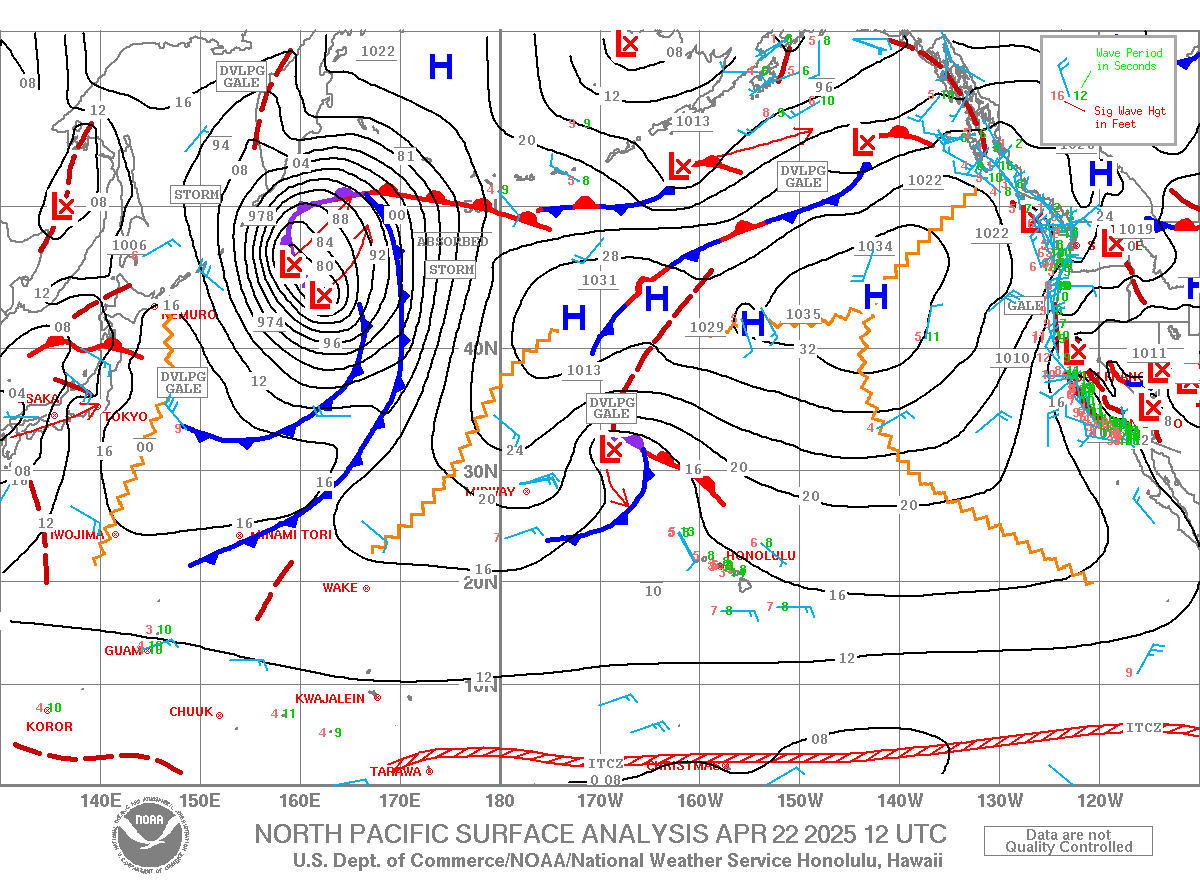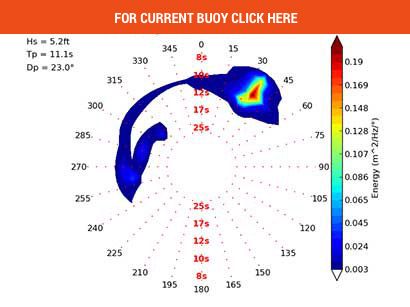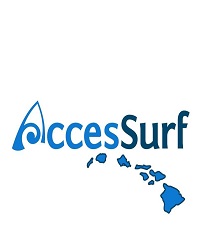Big Picture
BIG Picture updated 6/29 at 145pm
Monday, June 30th – Tuesday, July 8th
Lighter trades for most of this week but not for long…
A large ridge of high pressure remains established over the central and eastern North Pacific as is typical for this time of the year. Closer to home, a weak disturbance passed over Hawaii from east to west, leading to a slight increase in showers and weaker, light to moderate East trades of 5-15+mph. It should be similar on Monday, perhaps with a slight ESE tilt and a half notch weaker. By Tuesday, the disturbance will dissipate, and the ridge will rebound. The trade winds will tilt more ENE by midweek and gradually increase, likely reaching moderate paces (10-20mph) on Wednesday, moderate to fresh paces (10-25mph) on Friday, July 4, and fresh paces (15-25+mph) after Saturday. From Sunday to the following week, the local wind direction should tilt more Easterly as the high pressure center shifts slightly eastward, nudged by a weak trough passing over the Aleutian Islands. This period will be slightly drier with isolated windward and mauka showers.
Surf Outlook –
North Shore: Seasonably flat for most of this week, then picking up slightly later this weekend…
Recent/Now/Next/Finally: Surf on Sunday was 0-1’ Hawaiian scale on traces of trade wind swell wrap. No significant swells have been identified with high confidence for the upcoming week and weekend. Surf should drop further this week as the trade wind swell diminished, reaching no greater 1’ through Friday. The wrap should increase over the weekend, and heights should peak at 1.5’, perhaps up to 2’, at the focal reefs next Monday.
Attention then turns to the typhoon season in the western North Pacific. So far, the GFS model has been overly aggressive in tropical cyclone development. It continues to develop powerful storms by as early as July 2, but given recent trends, this appears improbable. The ECMWF model waits until after July 4 to develop anything. It is safe to say that ground swells from the West appear unlikely through this period.
Outlook: The summer slumber should continue as weak systems traverse the far northern reaches of the North Pacific, perhaps giving an uptick to 1.5’ on peak days. The typhoon season climatologically should be ramping up over the next few weeks, and the chance remains in the long range for some low, long period West swell towards the middle of July.
South Shore and West Shore: Surf returning to the summer average to start the week but catch it while it lasts…it won’t get bigger for a long while!
Recent/Now: Surf on Sunday was 1-occ. 2’ on a 14-15 second period South swell. There is also a hint of 17 second period energy from the SSW. The South swell was from a trough that developed well SE of New Zealand Jun 19 and traveled eastward Jul 20-21. It aimed a short, wide fetch of 30-40mph to the NE but it moved quickly, which limited surf potential. Surf from this source should hold overnight Sunday and drop on Monday.
Next (AVERAGE): The forerunners from the SSW were from a large system SE of New Zealand that directed towards Hawaii a long, wide fetch of satellite-confirmed 35-45mph winds Jun 22-23. Satellite altimetry measured seas of 25-27’ on Jun 23, which lines up with WaveWatch 3 output. Surf from the new swell should rise to 1-occ. 2’ late Sunday and 1-2’ occ. + early Monday. It should peak late Monday into early Tuesday at the summer average of 1-2’ occ. 3’.
Next (AVERAGE): The same system slowly traveled eastward, and then intensified Jun 25-26, regaining storm-force winds. It should keep surf at 1-2’ occ. near 3’ on Tuesday and Wednesday as the swell angle shifts South. Heights should drop to 1-2’ occ. + Thursday and 1-occ. 2’ for the weekend.
Finally: On Jun 26-27, a broad and weak system tracked across the Tasman Sea with 30-40mph winds aimed to the NE. This was followed quickly by a series of broad troughs passing south of the Tasman Sea. Taken together, these systems should bring small, medium period swell from the SW between Friday and next Monday. Surf should be no larger than 2’ on peak days.
Outlook: A very wide, broad trough will slowly pass SE of New Zealand Jun 30-Jul 1. The fetch proximity and aim will be far from ideal. It should bring a background-sized SSW swell Jul 8-10, and surf should peak at 1-2’ occ. +. A large area of high pressure will lock into place east of New Zealand Jul 2-12, which means below average surf heading towards Jul 18 and beyond.
East Shores: Small trade wind swell this week but rising to above average towards the weekend…
Recent/Now/Next: Surf on Sunday was 1-2’ occ. + on a dropping 8 second period ENE trade wind swell. Surf should drop to 1-2’ on Monday and 1-barely 2’ from Tuesday to Thursday. By July 4, the local and upstream trade wind speeds will increase, and the local wind swell should match the trend. With both the swell height and period increasing, surf should locally rise to 1-2’ on Friday, 1-2’+ on Saturday, and 1-3’ on Sunday. Heights should peak on Monday above average at 2-3’+ and then ease early next week.
Finally: The National Hurricane Center indicates that Tropical Storm Flossie will travel nearly parallel off the coast of Mexico and intensify into at least a Category 2 hurricane on the Saffir-Simpson scale by late Tuesday or early Wednesday. While the eastern North Pacific has been very active over the past month, this will be the only system so far that will track far enough north with sufficient intensity to generate a small ground swell towards Hawaii. Moderate period forerunners of 14-15 seconds from the East could arrive late Sunday, Jul 6. Heights could peak on Monday into early Tuesday at 1-occ. 2’, though this would be entirely overshadowed by the larger trade wind surf.
Outlook: The trade wind regime should continue into the second week of July. Long range model output continues the trend of a very active start to the tropical season in the eastern Pacific. What is more noteworthy is that both the GFS and ECMWF models develop a tropical cyclone around July 7-10 and push the system towards the ENE and into the central North Pacific basin, with potentially stronger implications for surf towards the middle of July (after July 11). Even if this does not pan out, eyes should remain focused on the ever-increasing potential for remote tropical swells from the east.
The next SNN Big Picture will be issued on Sunday, July 6.
Forecaster Jonathan Huynh
Surf Climatology HERE





















